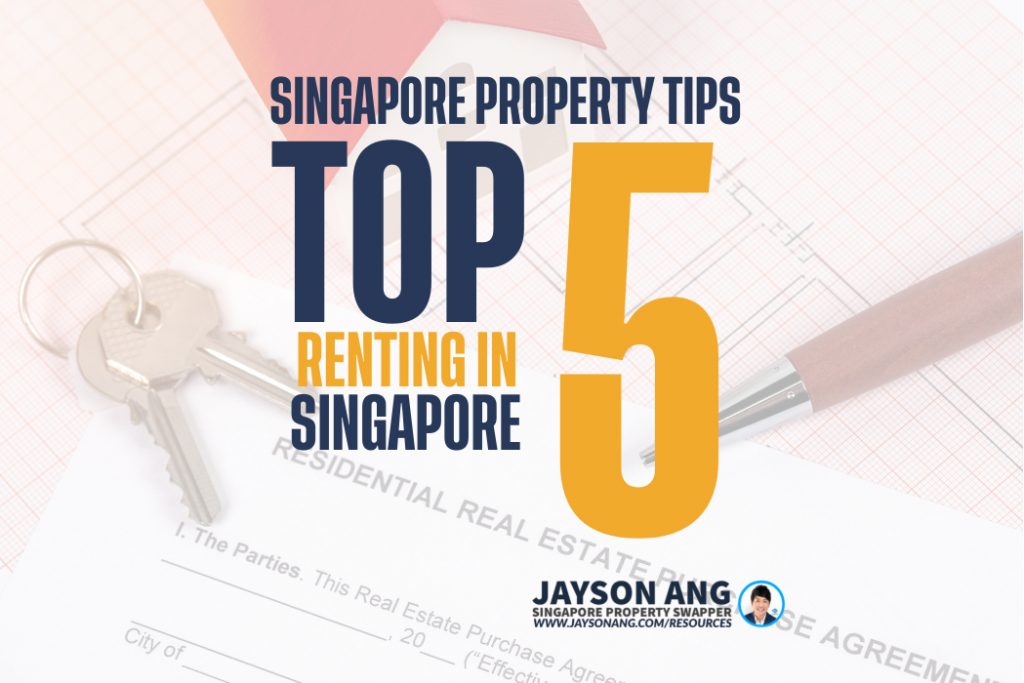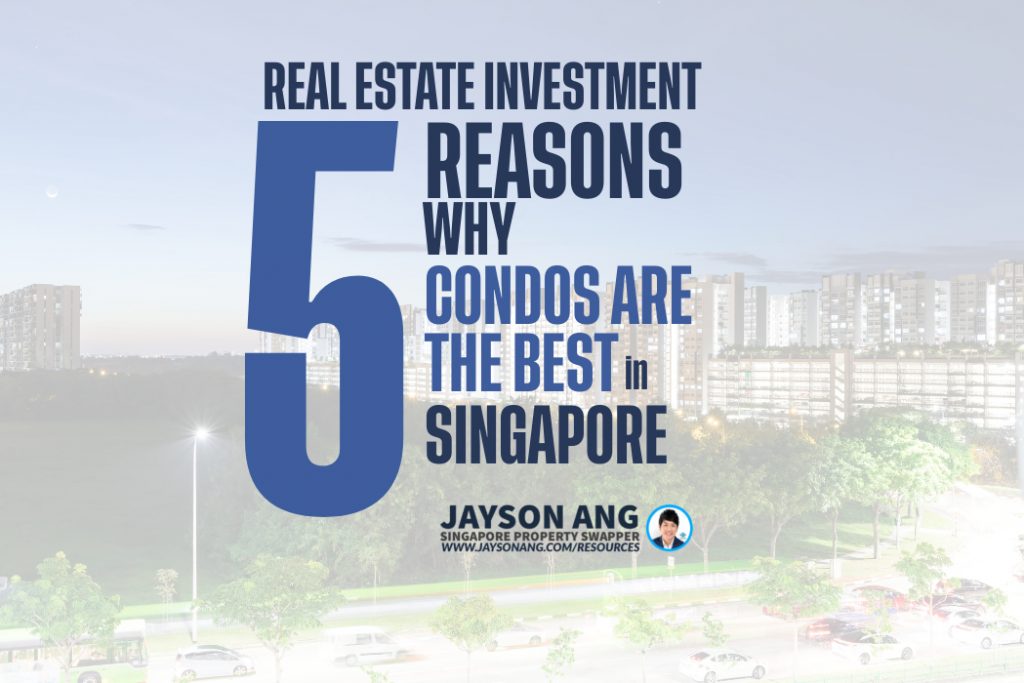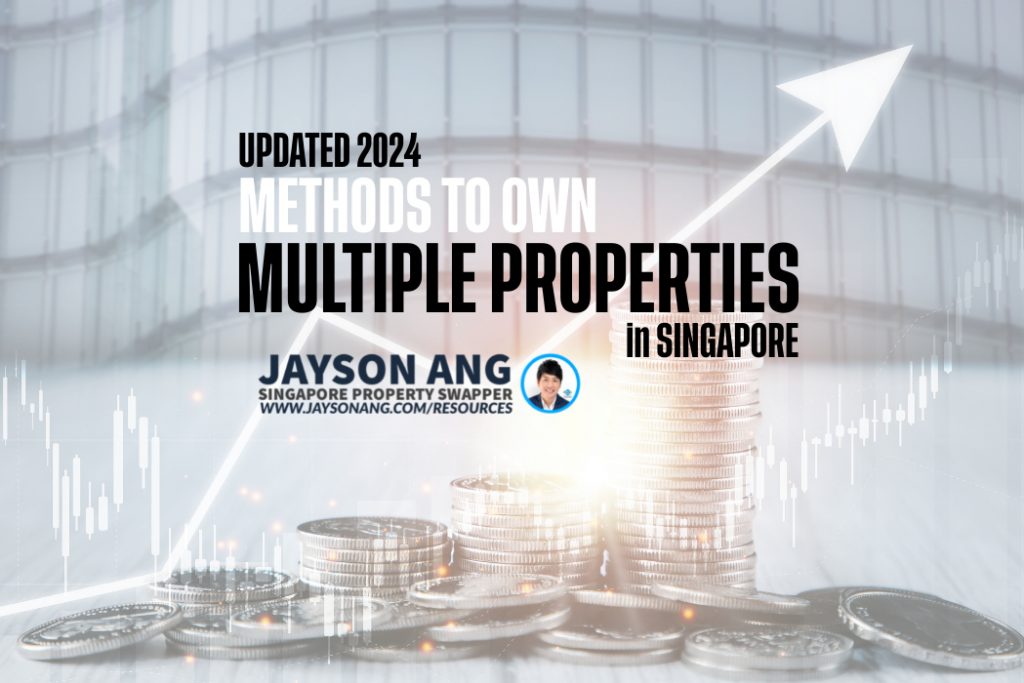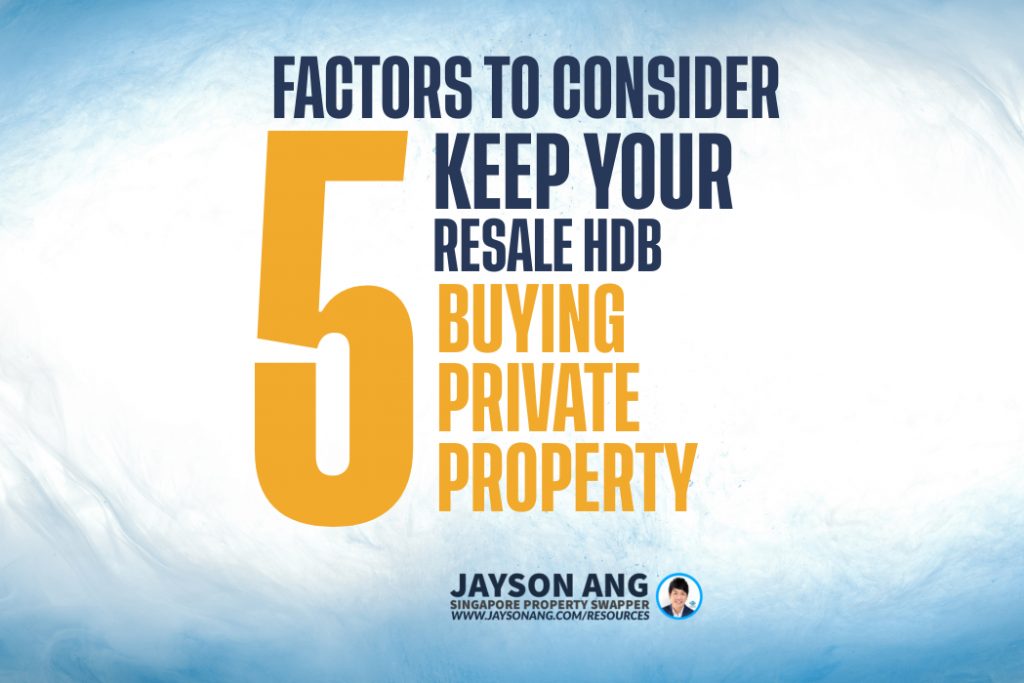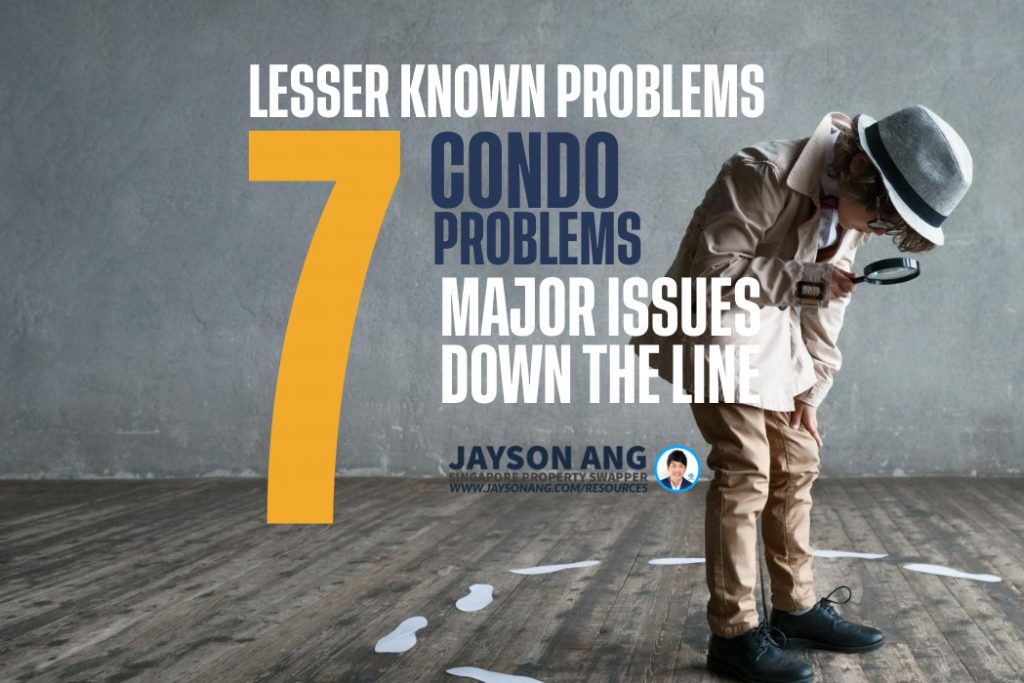TLDR
When considering real estate investments, factors like property size, location, and PSF play crucial roles in determining affordability. Smaller units tend to have higher PSF due to fewer square feet to spread costs over, whereas larger properties offer more economical PSF. However, PSF alone may not accurately reflect affordability. Additional factors to consider include quantum value, development age, size, layout, and location. Ultimately, a comprehensive analysis involving these aspects is essential for making informed real estate decisions.
The age-old wisdom holds true: when searching for a new home, buyers often prioritize the cost and affordability of the property.
To figure out which property provides the best value for money, those purchasing private properties often compare prices per square foot rather than total cost.
But here’s the catch: the more compact the space, the greater the cost per square foot. On the flip side, the larger the property, the more economical the price per square foot.
Have you ever pondered why this is the case?
Why does the PSF decrease as the square footage of the property increases?
For example, let’s compare these 2 past transactions at Lentor Modern:
A 2-bedroom + flex unit (732 sq ft) on the 5th floor sold for a price of $2,225 psf ($1.6 million) whereas a 4-bedroom + flex unit (1,528 sq ft) on the same floor was snapped up for $2,005 psf ($3 million).
Though the latter was practically twice the size of the former, its cost was far from being doubled.
How is this possible?
First, let’s break down how the PSF is even calculated. Here’s the general formula for the price per square foot:
Total Price Of The Property ÷ Total Square Footage Of The Property = Price Per Square Foot
To work out the total cost of a new launch condo, you must bear in mind all the luxuries on offer, such as Hansgrohe fittings, Bosch or Miele kitchenware, marble tiles, vinyl floorings and even the balcony and air-conditioning ledge space – all included in the per square foot price.
The smaller the unit, the higher the PSF, because there’s less square footage to spread the cost over.
Let’s get an idea of the bigger picture: if you compare the value of a property (all those expensive items and areas included) to the size of the home, you’ll find a high PSF, even if the overall amount goes down (as shown in our example).
Inversely, when it comes to a bigger home, you can spread the costs over more square footage, so the PSF tends to be lower, but the total value of the property doubles, therefore the higher total price.
The PSF may not be the most reliable measure of affordability due to the fact that it is directly influenced by the size of the property; it’s like comparing apples and oranges – the playing field is not quite level.
Still, it can be useful for comparing properties with the same size and from the same development.
To Make Sure Your Price Comparison Is Accurate, Take Note Of These 5 Factors As Well:
#1: Don’t Just Compare the PSF. Take A Look At The Quantum Value Of The Properties Too
Let’s explore a different scenario – imagine you’re on the hunt for a two-bedroom apartment in District 11, situated within the Newton/Novena region, and you find two choices from two distinct projects with diverse PSF values.
Project X is a 970-square-foot residence, priced at $2.3k per square foot, while Project Y offers a cozier 670-square-foot home for around $2.8k per square foot.
If you’re looking to maximize your bang-for-buck, it’s hard to beat the larger unit with a lower PSF – what a steal!
Enjoy living in a prime location with more space for a fraction of the price.
However, if your budget is a bit tighter, consider the 670 sq ft unit with a higher PSF but a much lower overall quantum of $1.9 million – $300,000 less than the 970 sq ft unit with a $2.3k psf and a total value of $2.2 million.
It’s a great way to stretch your dollar even further!
#2: Find Out How Old/Young The Development Is
If you need to move in soon, the more affordable condo from Project Y may not be your best option. Although it has the appeal of modern and new facilities, it is a new launch, so it’s not yet ready for immediate occupancy – with pros and cons to consider.
If you’re looking for a place to move into right away, the larger, more expensive condo from Project X might be your best bet – it’s a resale, so it could come fully-furnished and ready to live in!
Just keep in mind that if you decide to sell it in the future, you may run into buyers who are apprehensive about lease decay.
Since the PSF is intrinsically linked to the size of the property, it cannot be viewed as a reliable measure of affordability.
#3: Take A Look At The Size Of The Whole Development Too
Developments that span a larger area tend to have a lower Price Per Square Foot (PSF) than their smaller counterparts, as there is more room to spread out. Conversely, limited space can lead to cramming more units into a plot, reducing the size per unit and driving the PSF up.
#4: Don’t Just Look At The Size, Consider The Layout As Well
On the flip side, as the new and shrinking condos getting smaller, they may well remain within the same cost ballpark as the larger and older units. Even though they may be lacking in square footage, their design can be used more economically.
#5: As Always, Location Matters
It is clear that locations have an influence on the cost of property; with higher PSF equating to lower quantum, and lower PSF representing a higher quantum.
Therefore, the price difference between a 3-bedroom in a prime location and a 1-bedroom in a less desirable spot may be even more pronounced – you can bet that the former will cost three to four times more than the latter.
In summary, you shouldn’t just look at the PSF figure alone when comparing properties and their prices.
You have to consider these factors as well:
Should You Buy, Sell or Wait?
If you’re reading this, you must be trying to figure out the best course of action right now: is it the right time to buy or sell?
It’s difficult to give an exact answer since everyone’s situation is unique and what works for one person may not necessarily work for you.
I can bring you a wealth of on-the-ground experience and a data-driven approach to provide clarity and direction. From beginners to experienced investors, our top-down, objective approach will help you on your real estate journey.
I can help you by:
- Offering Strategic Real Estate Advice – I can help create a comprehensive plan to guide you through your property journey.
- Connecting Your Home with the Perfect Buyers – Through stunning visuals, an effective communication strategy, and an in-depth knowledge of the market, we’ll ensure your home is presented in the best possible way to fulfill your goals.
You May Also Like …


















